By Dr. Devdutt Pattanaik – Author, Speaker, Illustrator, Mythologist We live in times where many people cannot handle the idea of adult women choosing their own husbands. Perhaps it is time to revisit the eloping women in sacred Krishna lore. Krishna is famous for playing the flute at night. On hearing this, the milkmaids of…
Krishna, the wrestler
March 18, 2021By Dr. Devdutt Pattanaik – Author, Speaker, Illustrator, Mythologist When you think wrestling, Krishna is not the first name that comes to mind. You think Hanuman whose saffron images grace the mud-pits of traditional Indian gymnasiums known as akharas. Young men in loincloth, coated with mustard or sesame oil, can be seen in these places…
God in Indian history
March 4, 2021By Dr. Devdutt Pattanaik – Author, Speaker, Illustrator, Mythologist We don’t know if the idea of God existed in the cities of the Indus Valley over 5,000 years ago. The seals with their images and symbols do suggest an awareness of the idea of the sacred. Symbols found such as the bull, the elephant, the…
Fox with nine tails
February 18, 2021By Dr. Devdutt Pattanaik – Author, Speaker, Illustrator, Mythologist In ancient China, the belief was that as the common red fox grew older, it would get supernatural powers. Its colour would change and its tails would multiply. Therefore, with the passage of time, an older fox would turn white and grow up to nine tails….
Religion in Prehistoric India
February 11, 2021By Dr. Devdutt Pattanaik – Author, Speaker, Illustrator, Mythologist Humans domesticated fire around 3,00,000 years ago. We started using tools around that time. But, the human brain evolved to its current size roughly 2,00,000 years ago. We migrated out of Africa into India, 50,000 years ago. So, when do we find the earliest signs of…
Mothers and Daughters of Rishi Bharadvaja
February 4, 2021By Dr. Devdutt Pattanaik – Author, Speaker, Illustrator, Mythologist Bharadvaja is a famous Rishi in ancient Hindu lore, listed as one of the Sapta Rishis, or the seven celestial sages. Bharadvaja is one of the sages that Ram meets on his exile. It was he who asked Indra to give him knowledge of Ayurveda, so…
Nine forms of Durgas
January 15, 2021By Dr. Devdutt Pattanaik – Author, Speaker, Illustrator, Mythologist The concept of Nava-durga is extremely popular during Navaratri. Navaratri refers to the nine nights that lead to the celebration of Vijayadashami. The Goddess is worshipped in nine forms. The nine forms are Shailaputri, Brahmacharini, Chandraghanta, Kushmanda, Skanda Mata, Kaatyayani, Kalaratri, Mahagauri and Siddharaatri. These are…
Radha Tantra
December 17, 2020By Dr. Devdutt Pattanaik – Author, Speaker, Illustrator, Mythologist About 400 years ago, a Shakta text was composed in Sanskrit language, probably in Bengal. It was called Radha Tantra. It was a response to the rising tide of the Chaitanya Vaishnava movement, where Krishna is the supreme divine being and Radha is the subordinate. From…
Did Karuppu Swamy live 12,000 years ago?
December 11, 2020By Dr. Devdutt Pattanaik – Author, Speaker, Illustrator, Mythologist So, the Government has appointed a committee to delve into the “true” history of India, starting from 12,000 years ago, since the Ice Age, which Hindutva historians assume is the “pralaya” of the Puranas. The committee has only “upper” caste men. No one from below the…
Sarna, the Harappan Tree Goddess
November 26, 2020By Dr. Devdutt Pattanaik – Author, Speaker, Illustrator, Mythologist One of the things in the about 4,000-year-old Harappan seals is the value placed on trees. There is the peepal tree and the babool (acacia) tree that have been identified. The peepal tree is identified by its characteristic wide tapering leaves. The babool tree is identified…



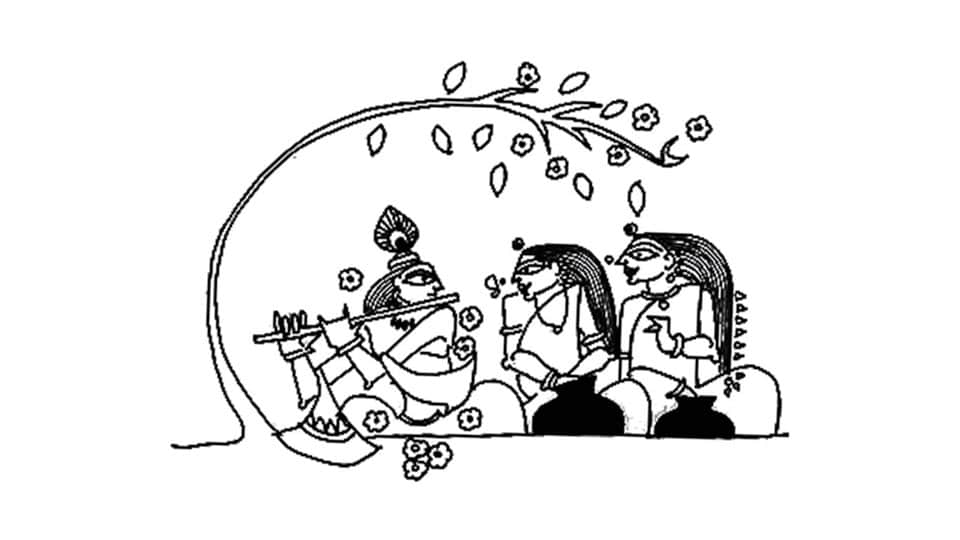
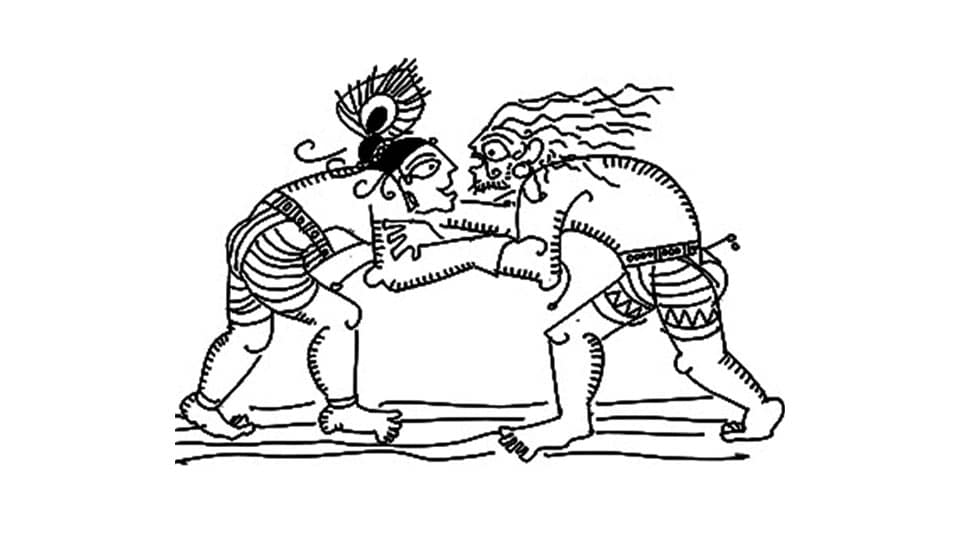
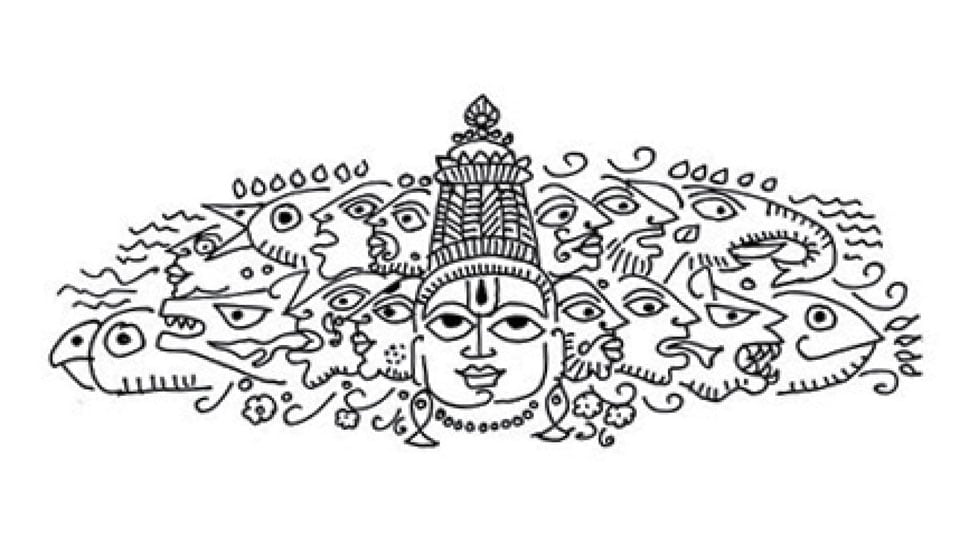
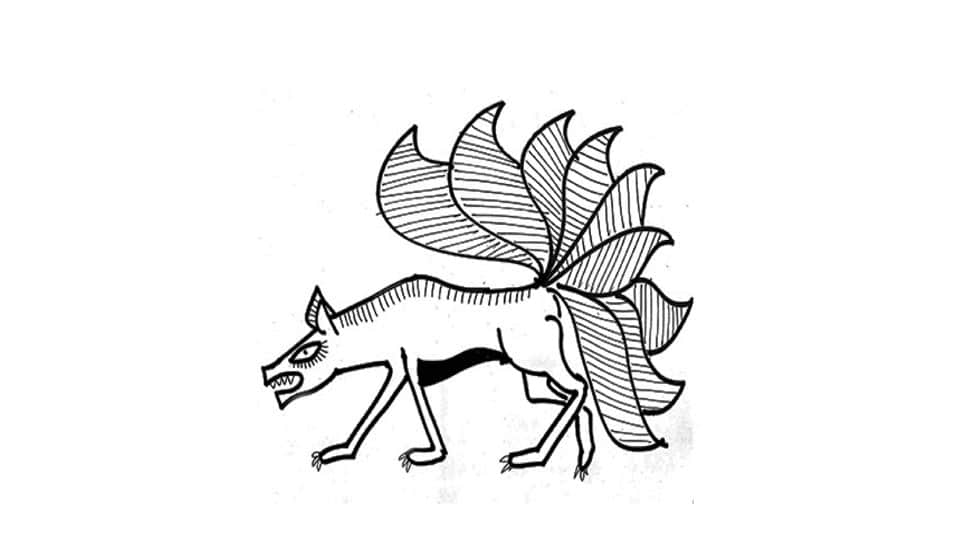
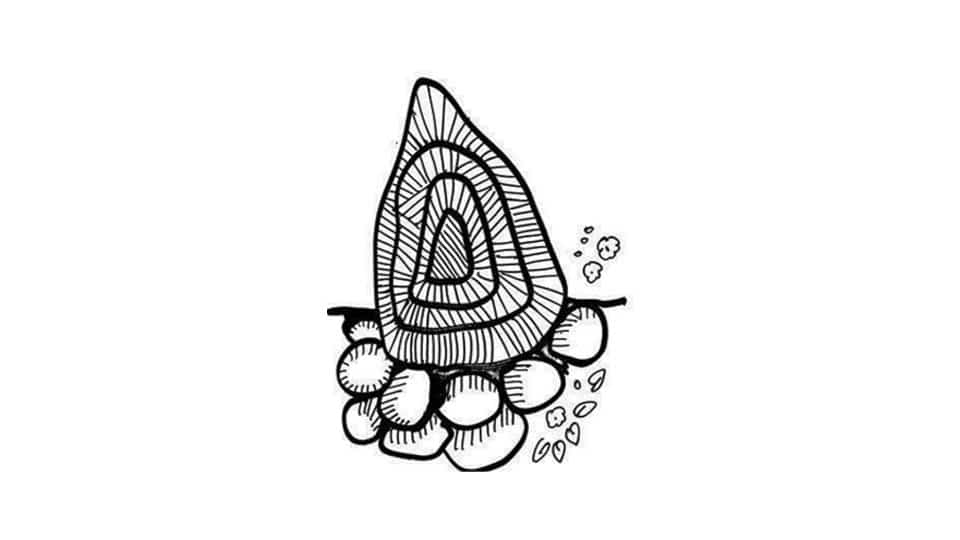
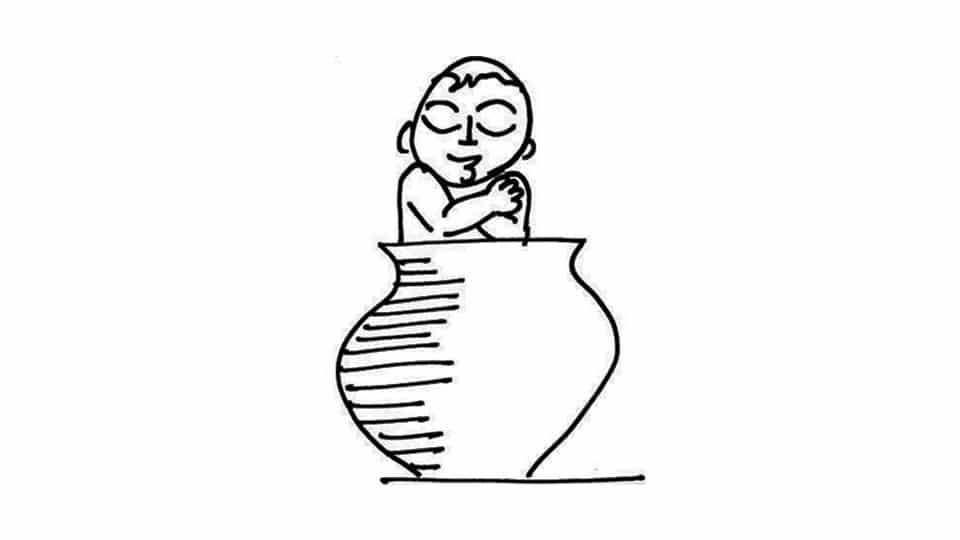
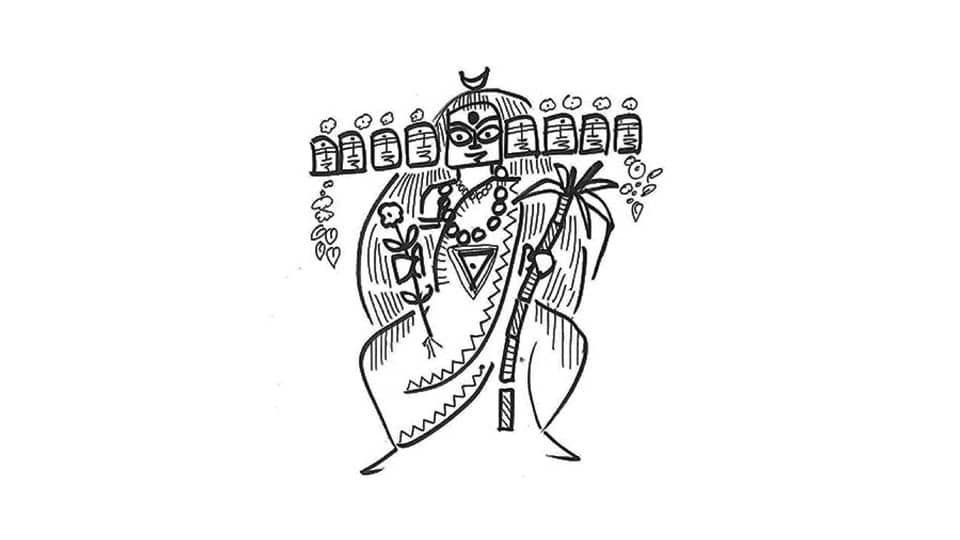
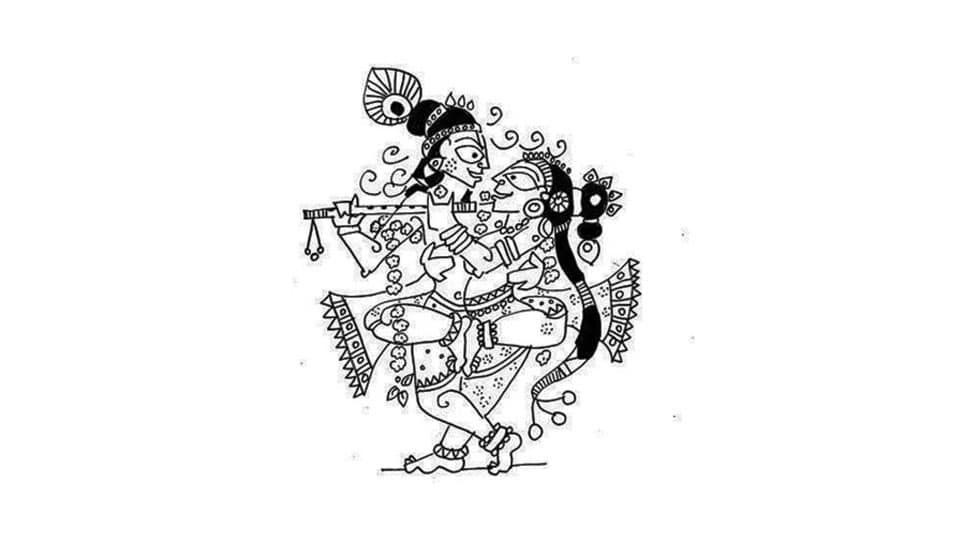
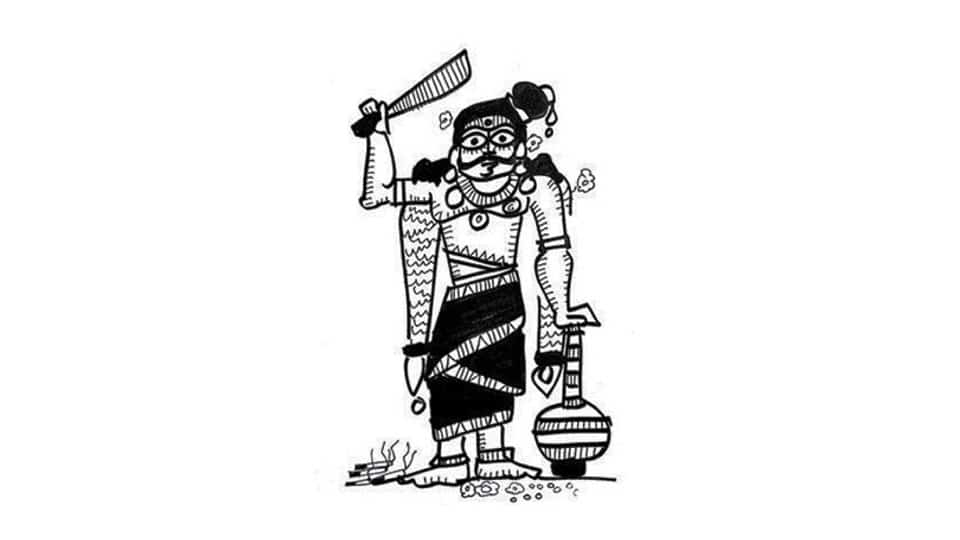
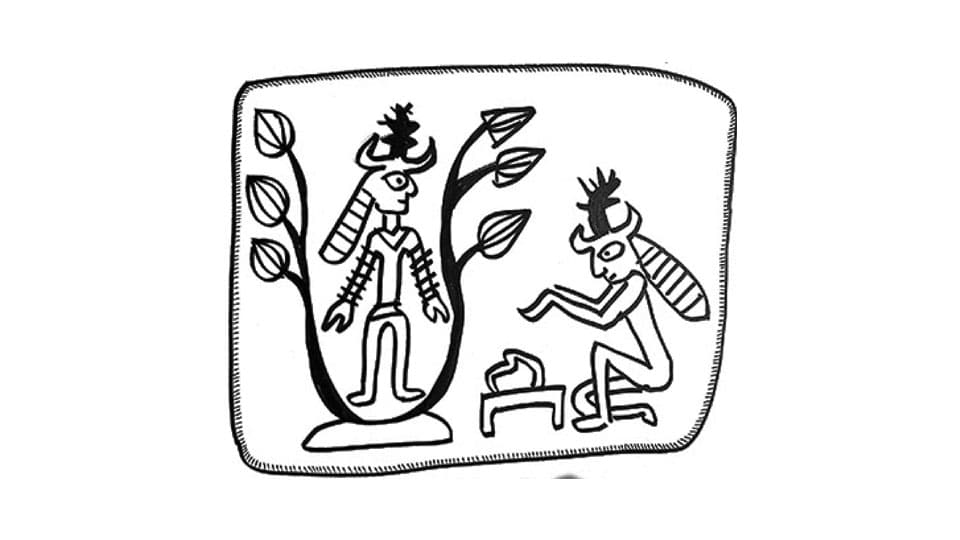




Recent Comments